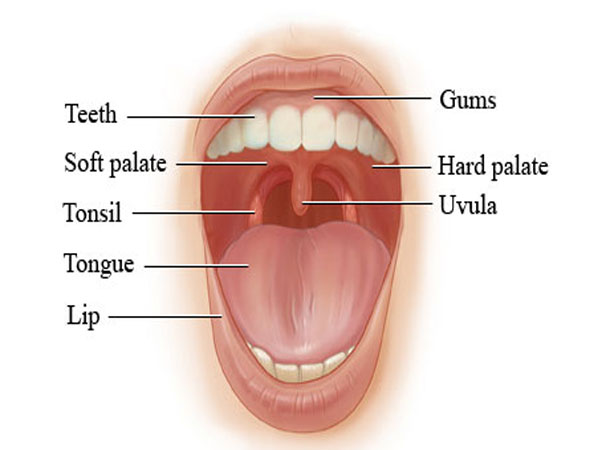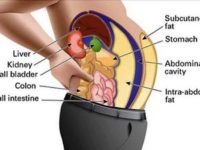1. Gum disease
The first stage of gum disease is called gingivitis, which is the only stage that is reversible. If not treated, gingivitis may lead to a more serious, destructive form of gum/periodontal disease called periodontitis. It is possible to have gum disease and have no warning signs. That is one reason why regular dental checkups and periodontal examinations are so important. Treatment methods depend upon the type of disease and how far the condition has progressed. Good oral hygiene at home is essential to help keep periodontal disease from becoming more serious or recurring. Brush twice a day, clean between your teeth daily, eat a balanced diet, and schedule regular dental visits for a lifetime of healthy smiles.
2. Gingivitis
A variety of bacteria cause gingivitis – the medical term for early gum disease – and when they settle in the gum’s crevices (at the gumline and below it), these bacteria produce toxins. The gums react to these toxins with inflammation and swelling, which is why your gums may bleed when you brush your teeth. Between 50 and 90 percent of adults have gingivitis, which, if left untreated, leads to peridontal disease. The American Academy of Periodontology (AAP) states that when certain bacteria are breathed into the lungs, they can cause pneumonia.
3. Periodontal Disease
Gingivitis that spreads below the gumline and affect the bone and supporting tissues which can cause periodontal disease to occur. Pockets form around the teeth, giving way to inflammation and bone loss, at which point these teeth can loosen due to this bone destruction. Eight to 10 percent of adults have periodontal disease, and it is the most common cause of tooth loss. It can also make a chronic lung condition worse, even if it’s already present.
4. Missing Teeth
Did you know that the average adult between the ages of 20 and 64 has three or more decayed or missing teeth? If you are missing one or more teeth, there are plenty of reasons to correct the problem. For one thing, a large space between your teeth may affect how you speak or eat. Even if it’s not noticeable, a missing molar can affect how you chew. Remaining teeth may shift and in some cases, bone loss can occur around a missing tooth. With today’s advances, you don’t have to suffer from missing teeth.
5. Dry mouth
Everyone’s mouth can be dry sometimes, but if you feel like your mouth is always dry, it may be time to seek treatment. Medications and certain health conditions can lead to dry mouth. A dentist will check your teeth for signs of decay that can result from decreased salivary flow. A physician will test for any underlying disease or conditions that may be causing your dry mouth. Having a dry mouth is not itself serious but taking care of your teeth and gums and regular dental visits are important when living with dry mouth. Without the cleansing effects of saliva, tooth decay and other oral health problems become more common. Patients using oral inhalers for asthma often develop oral candidiasis, an oral fungal infection, and are encouraged to rinse their mouths with water after using the inhaler. Tell your dentist what medications you are taking and any other information about your health that may help identify the cause of your dry mouth.
6. Hand, Foot and Mouth Disease
Toddlers and school-aged children are most likely to develop hand, foot and mouth disease, explains the University of Chicago, and the virus “Coxsackie A16” is usually responsible. After one to two days of sore throat and fever, slightly painful blisters can appear inside the cheeks and the tongue, as well as on the palms, soles and buttocks. Fortunately, the infection often disappears within three days.
7. Thrush
An overgrowth of the naturally occurring “Candida albicans” fungus causes thrush, and medical treatments such as antibiotics, chemotherapy and radiation can trigger an outbreak. White, curd-like plaques appear on the tongue, inner cheeks, palate and back of the mouth. Thrush is the most common infection in people with HIV.
8. Oral Herpes
Oral herpes is an infection caused by the herpes simplex virus, and between 50 and 80 percent of adults in the U.S. carry the disease, according to the University of Rochester Medical Center. The first infection can cause flu-like symptoms, blisters and ulcers on the gums and tongue, or there may be no symptoms at all. Once infected, the virus has a permanent presence in the body, but the infection itself can stay dormant with proper care. Recurring outbreaks are usually milder and last from a week to 10 days. Fluid-filled blisters appear around the mouth and, after a day or two, rupture and form scabs that cause no further discomfort.
Sources:
http://www.mouthhealthy.org/en/adults-40-60/concerns
http://www.colgate.com/en/us/oc/oral-health/conditions/mouth-sores-and-infections/article/sw-281474979412215
http://www.webmd.com














